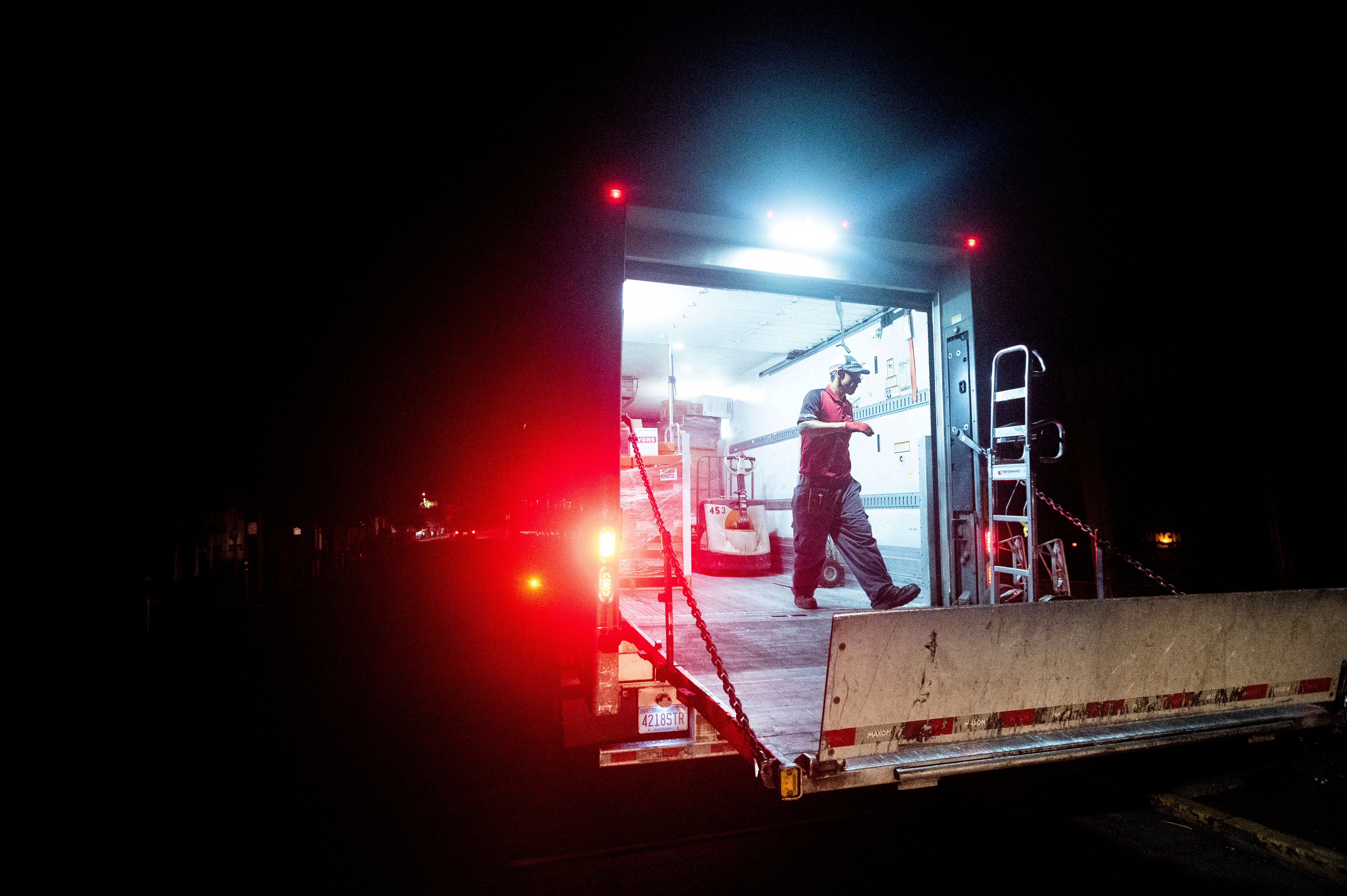Power still out to thousands in California to prevent fires
Thousands of people in Northern California remain without power after a utility cut off service to prevent powerful winds from damaging equipment and sparking wildfires amid a fall heat wave

Your support helps us to tell the story
From reproductive rights to climate change to Big Tech, The Independent is on the ground when the story is developing. Whether it's investigating the financials of Elon Musk's pro-Trump PAC or producing our latest documentary, 'The A Word', which shines a light on the American women fighting for reproductive rights, we know how important it is to parse out the facts from the messaging.
At such a critical moment in US history, we need reporters on the ground. Your donation allows us to keep sending journalists to speak to both sides of the story.
The Independent is trusted by Americans across the entire political spectrum. And unlike many other quality news outlets, we choose not to lock Americans out of our reporting and analysis with paywalls. We believe quality journalism should be available to everyone, paid for by those who can afford it.
Your support makes all the difference.Thousands of people in Northern California remained without power Friday after a utility cut off service to prevent powerful winds from damaging equipment and sparking wildfires amid a fall heat wave.
Restorations began Thursday afternoon and by evening Pacific Gas and Electric said about 30,000 customers were still in the dark — down from about 45,000 the previous night. All electricity was expected to be restored by late Friday after the second round of hot, dry gusts this week moved through the region, PG&E said.
Winds in the Sierra Nevada foothills and San Francisco Bay Area topped 55 mph (89 kph), and humidity levels plummeted, making for critical fire conditions, said Scott Strenfel, the utility's senior meteorologist.
“Fuels are drying out, and they’re just very susceptible to any fire ignition, just given these levels of dryness that we’re seeing,” Strenfel said Thursday.
PG&E began cutting power Wednesday evening as the first wind event began. Many in the wine country north of San Francisco were feeling drained by what seems like a never-ending wildfire season.
Kathleen Collins has had to evacuate her home in the mountains of Napa County four times in the past five years because of fires. This summer, she lived in a motel for two weeks after leaving her home when a massive cluster of fires reached her tiny community of Pope Valley.
“It’s all very stressful. People are not happy, but there’s not much they can do about it,” said Collins, assistant manager at Silverado Ace Hardware store in Calistoga, the town of 5,000 people who were allowed to return home just last week after the Glass Fire forced them out in September. The blaze that ravaged areas of Napa and Sonoma counties was contained Wednesday after destroying more than 1,500 homes and other buildings.
People have been buying generators, electrical cords, flashlights, batteries, gas cans and other supplies to help them deal with the latest outage, expected to last through Friday evening, Collins said.
The utility better targeted outages this time after it was criticized in 2019 for cutting power to about 800,000 customers and leaving about 2 million people in the dark for days.
More than 8,500 wildfires have burned more than 6,400 square miles (16,000 square kilometers) in California since the start of the year. Most have occurred since mid-August. Thirty-one people have died, and more than 9,200 buildings have been destroyed.
Smoke from the huge Creek Fire burning since Sept. 4 in the central part of the state was still affecting air quality as far south as Los Angeles, the National Weather Service said. The weather service issued heat advisories through Friday, with temperatures expected to reach triple digits in many parts of the state.
In Southern California, a brush fire Thursday near Redlands triggered a small evacuation as it grew to more than 100 acres (40 hectares). It was about 50% contained.
Numerous studies have linked bigger wildfires in America to climate change from the burning of coal, oil and gas. Scientists have said climate change has made California much drier, meaning trees and other plants are more flammable.